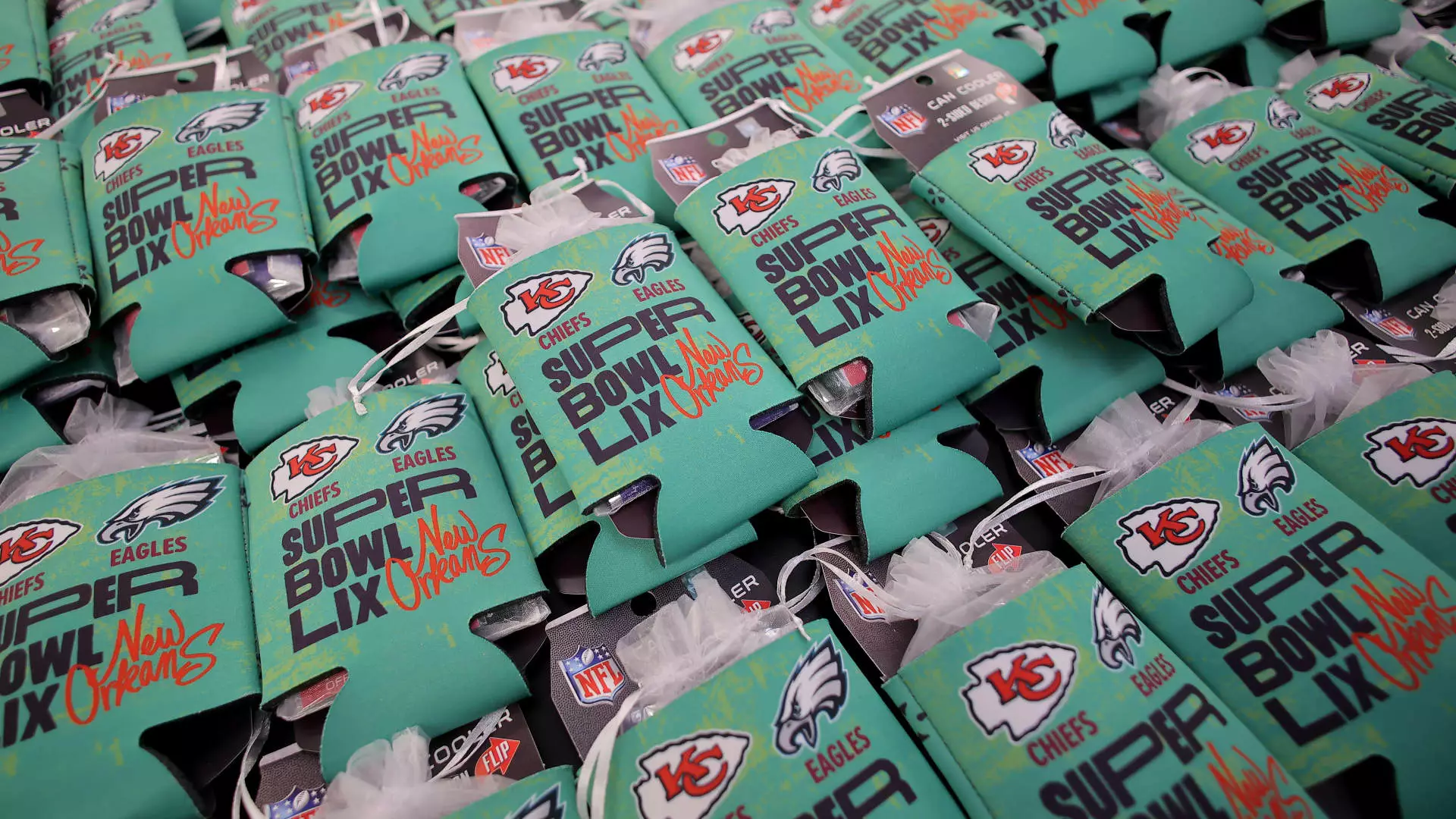In a television landscape increasingly dominated by digital platforms, traditional advertising strategies, particularly during marquee events such as the Super Bowl, continue to draw significant financial investment from advertisers. The astronomical price of up to $8 million for a 30-second spot during Super Bowl 59 is not merely a reflection of inflated costs; it embodies a long-standing belief among advertisers that the scale of engagement and the audience reach are unparalleled. This article delves into why, despite the burgeoning popularity of digital advertising avenues, traditional television spots—especially during the Super Bowl—still hold their ground as highly effective advertising opportunities.
One of the primary reasons advertisers remain enthusiastic about investing heavily in Super Bowl ads is the sheer breadth of viewership. With more than 123 million people tuning in last year, the Super Bowl presents an audience potential that few other venues can match. Amy Leifer, Chief Advertising Sales Officer at DirecTV, aptly states, “Where else can you get 100 million viewers at once?” This question underscores the unique positioning of the Super Bowl as a collective viewing experience, allowing brands to reach vast demographics in one fell swoop. Traditional TV, despite facing an inevitable decline in viewers, capitalizes on significant events that rally audiences together—a feat nearly impossible in an age where habits are fragmented across multiple streaming platforms.
According to industry estimates, ad revenues for Super Bowl 2024 may approach $550 million, a figure driven by the high demand for in-game placements. The remarkable performance of Super Bowl ads has led to a comparative analysis, revealing that they are approximately three times more impactful than conventional primetime slots. This extraordinary effectiveness is especially appealing to advertisers trying to maximize impact for every dollar spent. Kevin Krim, CEO of the advertising data company EDO, elaborated on this by suggesting that the effects of a single Super Bowl ad could be equated to airing approximately 450 ads during standard primetime programming.
Despite the rising allure of digital advertising platforms, the dense engagement associated with Super Bowl ads provides a compelling argument for their continued relevance. These ads transcend mere brand visibility; they launch campaigns that stimulate ongoing consumer interaction via social media searches and app downloads, proving their return on investment is significant.
However, merely purchasing ad space is not enough; the success of these commercials also hinges on the strategic execution of the advertisement itself. Timing, message, and creativity collectively determine how effectively a brand can leverage the Super Bowl platform. As Andre Banks, founder of NewWorld, points out, aligning ads with audience engagement is vital for maximizing impact. Advertisers are advised to consider audience behaviors, particularly during high-interest moments such as the Halftime show. Therefore, the strategic placement of ads not only requires analytical foresight but also a keen understanding of the audience’s attention span—integrating real-time data into the planning process can elevate the ad’s performance significantly.
The conversation surrounding advertising is further complicated by the meteoric rise of digital platforms as significant players. Advertising revenue for traditional television is set to rise modestly while pure digital ad revenue is predicted to escalate significantly in the coming years. This ongoing shift raises critical questions about the future of traditional advertising, leading some to assert that the Super Bowl might soon lose its primacy.
As the advertising landscape evolves, media companies have recognized the necessity of adapting to these changes. GroupM and others have initiated collaborations aimed at enhancing the efficacy of TV advertising by merging it with digital strategies. Such efforts reflect a recognition that while traditional TV maintains a valuable audience, the integration of digital engagement can forge pathways to blend legacy and modern advertising techniques.
Ultimately, the ongoing relevance of Super Bowl advertising lies in its ability to adapt while remaining a cornerstone of effective marketing strategies. The traditional model of advertising is indeed changing; however, as long as high-profile events like the Super Bowl continue to deliver exceptional audience engagement and brand visibility, they will retain their allure for advertisers. The challenge now lies in embracing innovation while leveraging the tried-and-true elements of traditional advertising—a balancing act crucial for navigating the evolving terrain of audience engagement.
As we look ahead, the key for advertisers will be not only to invest in monumental events but to think creatively about how to harness the unique potential of both traditional and digital platforms in a rapidly changing marketplace.

